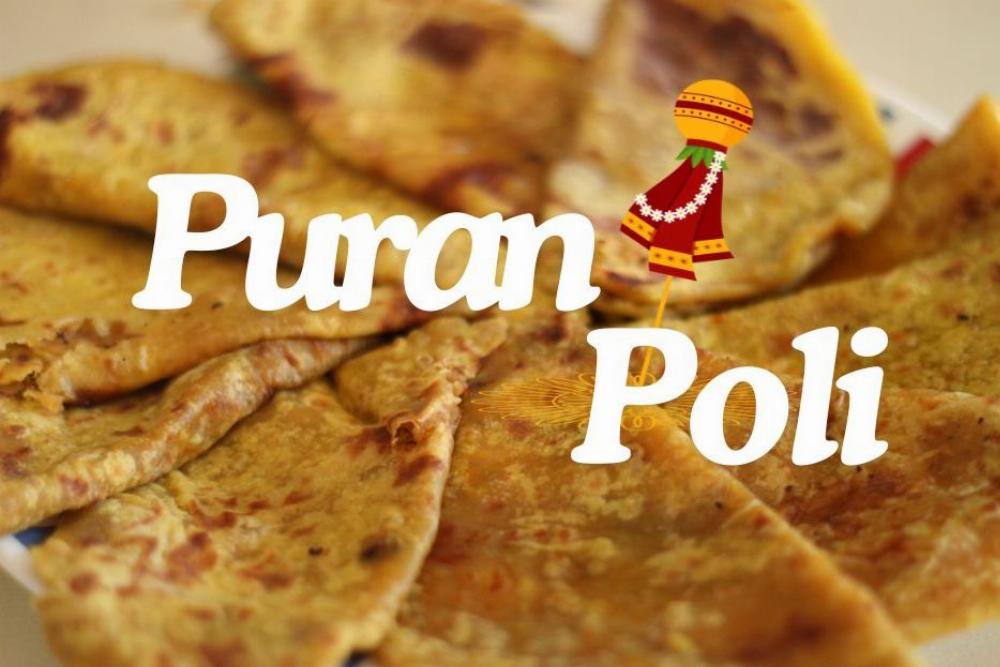
- Published on 25-Sep-2024
- 1 Likes
- 0 Comments
- 515 Times Read
PURAN POLI IS A BELOVED TRADITIONAL MAHARASHTRIAN FLATBREAD, STUFFED WITH A SWEET LENTIL FILLING KNOWN AS "PURAN."
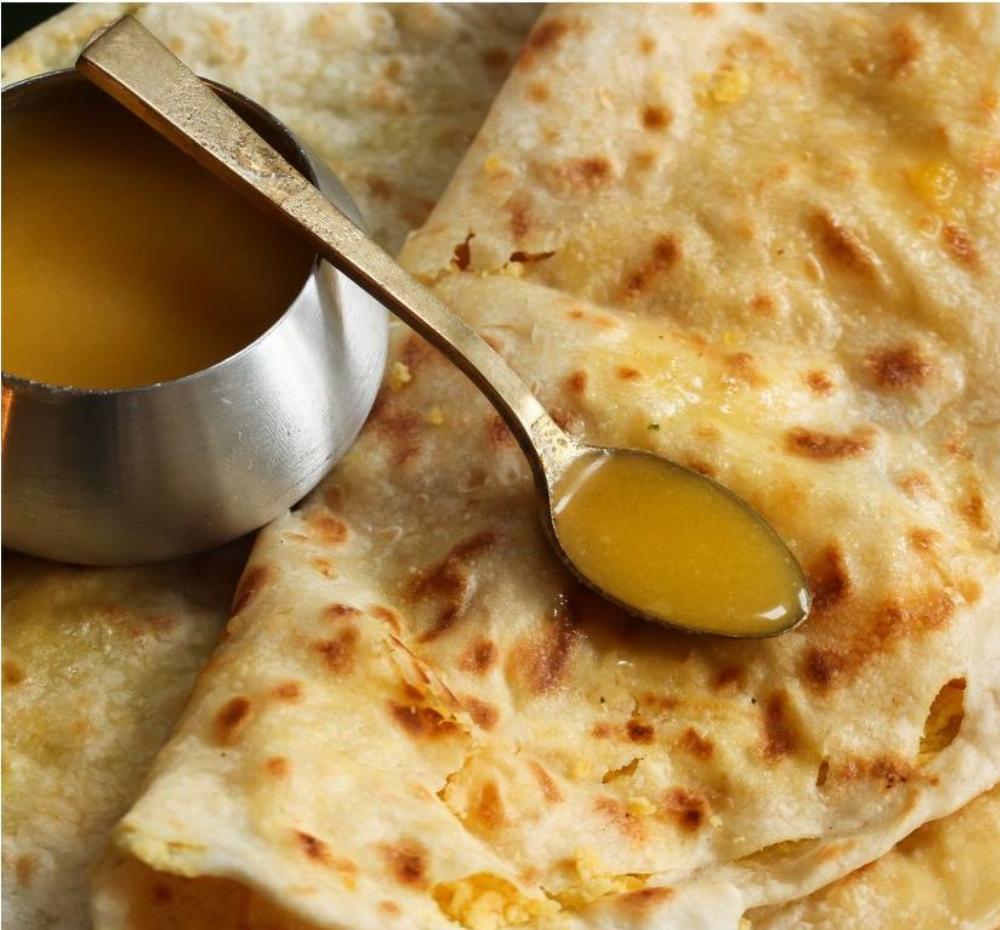
INGREDIENTS FOR PURAN POLI
For the Dough:
- 2 cups whole wheat flour
- 2 tablespoons all-purpose flour (optional, for softness)
- 2 tablespoons oil or ghee
- A pinch of salt
- Water, as needed
For the Filling (Puran):
- 1 cup chana dal (split Bengal gram)
- 1 cup jaggery (or sugar as an alternative)
- 1 teaspoon cardamom powder
- A pinch of nutmeg powder (optional)
- 2 tablespoons ghee (clarified butter)
For Cooking:
- Ghee or oil for roasting

PREPARATION STEPS
1. Prepare the Dough
The dough for Puran Poli is similar to the dough for chapati but softer and more pliable.
- Step 1: In a large bowl, combine the wheat flour, all-purpose flour (if using), and salt.
- Step 2: Add oil or ghee to the flour and rub it into the flour mixture using your hands until evenly distributed.
- Step 3: Slowly add water and knead the mixture into a soft dough. The dough should be smooth, soft, and not too sticky.
- Step 4: Cover the dough with a damp cloth and let it rest for at least 30 minutes.
2. PREPARE THE PURAN (FILLING)
The heart of a good Puran Poli lies in its filling. The balance of sweetness and texture from the lentils is key.
- Step 1: Wash the chana dal thoroughly and pressure cook it with enough water for 4-5 whistles, until the dal becomes soft. Do not overcook the dal; it should retain its shape yet be soft when pressed.
- Step 2: Drain the cooked dal and allow it to cool slightly. Then, mash the dal or pass it through a sieve to get a smooth paste.
- Step 3: In a non-stick pan, add the mashed dal and jaggery. Cook this mixture on low heat, stirring constantly to avoid sticking. The jaggery will melt and mix with the dal.
- Step 4: Cook the mixture until it thickens and starts leaving the sides of the pan, forming a smooth, solid mass.
- Step 5: Add cardamom powder and nutmeg powder for flavor, and mix well. Turn off the heat and allow the filling to cool down completely.

3. ASSEMBLING THE PURAN POLI
Now comes the fun part—assembling the Puran Poli with the right balance of dough and filling.
- Step 1: Divide the dough into small lemon-sized balls. Similarly, divide the filling into slightly smaller balls than the dough.
- Step 2: Roll out one dough ball into a small disc, using a rolling pin, keeping the edges thinner than the center.
- Step 3: Place a ball of filling in the center of the disc, fold the edges over the filling, and pinch them together to seal it completely.
- Step 4: Gently flatten the stuffed dough ball and roll it out carefully into a thin circle, similar to a roti or chapati. Be gentle to avoid breaking the dough.
4. COOKING THE PURAN POLI
The final step is cooking the rolled-out Puran Poli on a hot tawa (griddle).
- Step 1: Heat a tawa or flat pan over medium heat.
- Step 2: Place the rolled-out Puran Poli on the tawa and cook for about 1-2 minutes until you see small bubbles or brown spots on the surface.
- Step 3: Flip the Puran Poli and apply ghee or oil to the cooked side. Let the other side cook for another 1-2 minutes.
- Step 4: Flip again and apply ghee on the other side, cooking until both sides are golden brown. Step 5: Repeat this process for all the Puran Polis and serve them hot with extra ghee.
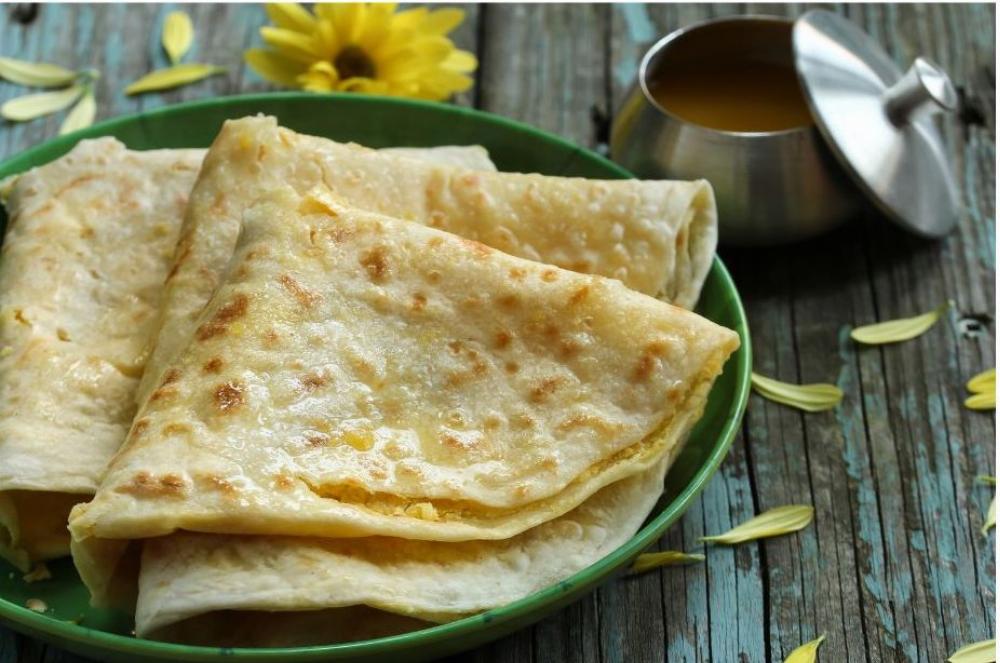
SERVING SUGGESTIONS
Puran Poli is traditionally served with a dollop of warm ghee on top, which enhances its flavor and richness. It pairs well with a variety of side dishes, such as:
- A bowl of warm milk, flavored with cardamom and saffron
- A simple vegetable curry
- Katachi Amti, a thin spicy soup made from the water used to boil chana dal
- Yogurt or plain curd
TIPS FOR THE PERFECT PURAN POLI
- Right consistency of filling: Make sure the Puran (filling) is neither too wet nor too dry. It should hold its shape while rolling and not ooze out.
- Rest the dough: Letting the dough rest ensures it becomes soft and pliable, making it easier to roll out the poli.
- Use ghee generously: Ghee enhances the flavor of Puran Poli, so don’t hesitate to brush it on generously while cooking.
- Rolling technique: Roll the dough gently to avoid tearing it, as the filling can spill out if too much pressure is applied.
THE TRADITION AND CULTURE BEHIND
Puran Poli
Puran Poli is more than just a dish; it is a symbol of celebration, love, and hospitality in Maharashtrian culture. Often prepared during festivals and special occasions, it brings families together and evokes memories of shared meals and traditions passed down through generations.
While the recipe may seem time-consuming, it’s the labor of love that makes Puran Poli so special. Each bite brings out the warmth of homemade cooking, and the sweet-scented filling wrapped in a soft, thin layer of bread makes it a truly delightful experience.

FINAL THOUGHTS
Puran Poli is not just a dish—it’s an expression of culture, family, and festivity. Whether you're a novice in the kitchen or a seasoned cook, trying your hand at this traditional recipe is sure to bring smiles to the faces of your loved ones. With a little patience and care, you’ll master the art of making this cherished Maharashtrian delicacy.
Enjoy the process, and happy cooking!


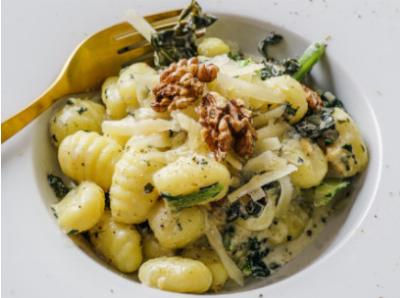
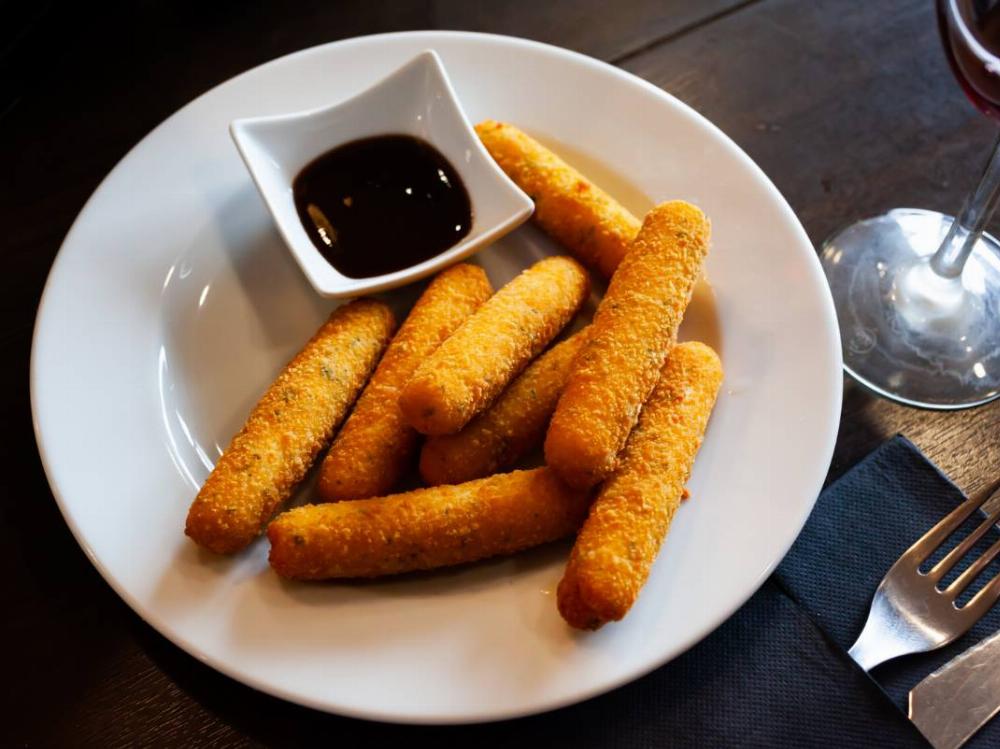
0 Comments